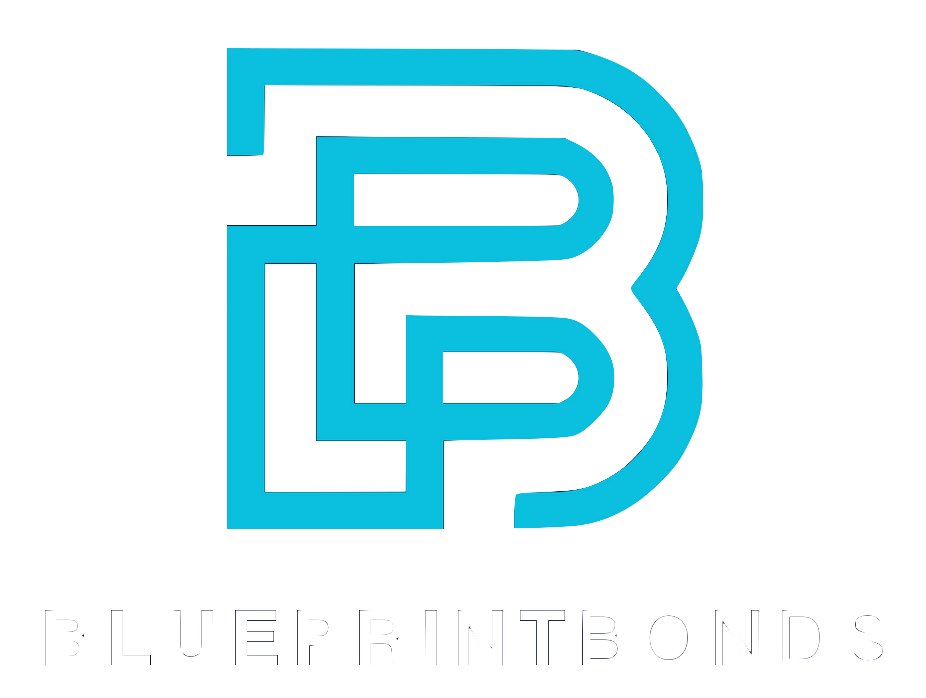The construction industry has entered a dynamic phase in the wake of the COVID-19 pandemic, marked by a surge in public works spending that is reshaping opportunities for bonded contractors nationwide. Nonresidential construction projects, particularly those funded by public dollars, have reached unprecedented levels, offering a fertile ground for contractors who specialize in bonded work. This article explores the current landscape of public construction spending, the challenges posed by material costs and labor dynamics, and why bonded contractors stand to benefit significantly from these evolving trends.
Record High Public Construction Spending: What It Means for Contractors
In February 2025, nonresidential construction spending climbed to a seasonally adjusted annual rate of $1.26 trillion, marking the highest level on record. This milestone reflects a robust commitment to public infrastructure projects, which have been a major driver of growth in the construction sector. For bonded contractors, this surge represents a wealth of new contract opportunities, especially in areas such as highways, streets, and other transportation infrastructure.
Highway and street construction alone accounted for over 40% of the monthly gain in February 2025, underscoring the critical role of public works in the overall spending increase. This focus on transportation projects is not only a response to aging infrastructure but also a reflection of strategic investments aimed at boosting economic resilience and connectivity. As cities and states prioritize the modernization of their transportation networks, the potential for innovative construction techniques and sustainable practices becomes increasingly relevant. Projects that integrate smart technology, such as intelligent traffic systems and eco-friendly materials, are gaining traction, providing contractors with opportunities to showcase their expertise in cutting-edge solutions.
Bonded contractors, who provide performance and payment bonds to guarantee project completion and financial security, are particularly well-positioned to capitalize on this trend. Public agencies often require bonding to mitigate risks, making these contractors preferred partners for large-scale infrastructure projects. The current spending boom thus opens doors to lucrative contracts that demand reliability and financial assurance. Furthermore, as the demand for skilled labor continues to rise alongside these projects, contractors who invest in workforce development and training will not only enhance their competitive edge but also contribute to the overall growth of the construction industry. This focus on building a skilled workforce is essential for meeting the increasing complexity of modern construction demands, ensuring that projects are completed on time and within budget.
For more details on the spending surge, see the Construction Dive report on public projects boosting construction spending.
Material Costs and Tariffs: Navigating Rising Expenses
While the increase in public works spending is promising, bonded contractors must navigate the ongoing challenge of elevated construction material costs. As of March 2025, material prices remain approximately 40% higher than pre-pandemic levels. This inflationary pressure is compounded by tariffs that continue to impact the cost of imported materials, creating uncertainty in project budgeting and contract pricing.
These rising costs require contractors to be vigilant in their cost estimation and risk management strategies. Underestimating expenses can lead to financial strain, especially on bonded projects where performance guarantees are in place. Historical studies have shown that transportation infrastructure projects often suffer from cost underestimation due to strategic misrepresentation, which can jeopardize project outcomes and contractor profitability.
Contractors must therefore adopt transparent and realistic cost assessments to maintain trust with public agencies and ensure compliance with bonding requirements. Staying informed about tariff developments and material market trends is essential to mitigate risks associated with price volatility. Additionally, leveraging technology such as advanced project management software can aid in tracking material costs and forecasting future expenses more accurately. By utilizing data analytics, contractors can identify patterns in material pricing and adjust their bids accordingly, which can be a game-changer in a fluctuating market.
Moreover, the impact of rising material costs extends beyond immediate financial implications; it can also influence project timelines and resource allocation. Delays in material procurement due to price hikes or supply chain disruptions can lead to extended project durations, which may incur additional labor costs and affect contractor reputations. As a result, contractors are increasingly exploring alternative sourcing strategies, such as local suppliers or sustainable materials, to mitigate the impact of tariffs and ensure project continuity. This proactive approach not only helps in managing costs but also aligns with growing environmental concerns and the push for greener construction practices.
More insights on construction material costs and their impact can be found in the
Construction Dive analysis of COVID's impact on construction prices.
Labor Dynamics: Challenges and Opportunities in Public Works
The construction labor market continues to experience significant shifts influenced by the pandemic and evolving project demands. In April 2020, approximately 2.1 million construction laborers were absent due to health-related reasons, highlighting the vulnerability of the workforce during crisis periods. Although labor availability has improved since then, the industry still faces challenges related to workforce stability and wage pressures. The pandemic not only exacerbated existing issues but also introduced new complexities, such as the need for enhanced health and safety protocols on job sites, which have become a critical aspect of project planning and execution.
Additionally, mega-projects—those exceeding $1 billion in value—are becoming a larger segment of the non-residential construction market, now making up close to 30% of spending. These large-scale projects often require highly skilled labor and sophisticated management, placing additional demands on contractors and their teams. As these projects grow in size and complexity, the need for specialized training and certification for workers becomes paramount, leading to an increased emphasis on educational programs and apprenticeships within the industry. This shift not only aims to equip the current workforce but also to attract a new generation of skilled laborers who can adapt to the evolving technological landscape of construction.
For bonded contractors, managing labor effectively is crucial to meet project timelines and maintain compliance with bonding agreements. Delays caused by labor shortages or absenteeism can trigger penalties or claims against bonds, making proactive workforce planning and contingency measures vital. Furthermore, the integration of technology, such as project management software and workforce analytics, is becoming increasingly important to streamline operations and enhance communication among team members. By leveraging these tools, contractors can better anticipate labor needs, track productivity, and mitigate risks associated with labor fluctuations.
Understanding these labor trends is essential for contractors aiming to thrive in the public works arena. The 2022 study on construction labor absences provides detailed insights into workforce challenges during the pandemic period. Additionally, as the industry navigates these changes, it is crucial for stakeholders to engage in discussions around labor policies and practices that promote sustainability and resilience in the workforce. Initiatives focused on diversity, equity, and inclusion are also gaining traction, as they not only enrich the labor pool but also foster innovation and creativity in project delivery, ultimately benefiting the public works sector as a whole.
Policy Changes and Industry Outlook: Preparing for Uncertainty
The construction sector faces an evolving policy landscape that introduces both opportunities and uncertainties. Aggressive tariffs and shifting regulatory frameworks have created a complex environment for contractors to navigate. According to Anirban Basu, Chief Construction Economist at CBIZ, these policy changes have injected significant uncertainty into the industry, affecting everything from material costs to project financing.
For bonded contractors, this uncertainty underscores the importance of robust risk management and financial resilience. Bonding companies scrutinize contractor stability and project risk more closely in uncertain times, making it imperative for contractors to maintain strong financial health and transparent operations. In addition, contractors are increasingly turning to technology and data analytics to enhance their decision-making processes, allowing them to better assess risks and optimize project management. By leveraging these tools, they can not only mitigate potential pitfalls but also seize emerging opportunities that arise from the changing landscape.
Despite these challenges, the overall outlook remains positive due to sustained public investment in infrastructure and the critical role of bonded contractors in delivering these projects. Contractors who adapt to policy shifts and market conditions will be well-positioned to secure contracts and grow their portfolios. Moreover, the growing emphasis on sustainable construction practices is reshaping project requirements, prompting contractors to innovate and adopt eco-friendly materials and methods. This shift not only aligns with regulatory trends but also appeals to a more environmentally conscious clientele, further enhancing competitive advantage.
Further discussion on the construction industry's outlook amid policy changes is available through CBIZ's insights on construction sector uncertainty.
Conclusion: Seizing the Moment for Bonded Contractors
The post-COVID surge in public works spending presents a unique opportunity for bonded contractors to expand their footprint in the infrastructure market. With record-high investment levels, especially in transportation projects, contractors who can offer financial security and reliable performance are in high demand.
However, success in this environment requires navigating elevated material costs, labor market complexities, and policy uncertainties with strategic foresight. By embracing transparent cost estimation, proactive labor management, and rigorous risk mitigation, bonded contractors can not only capitalize on the current spending boom but also build sustainable growth for the future.
As public infrastructure remains a cornerstone of economic recovery and development, bonded contractors stand at the forefront of this transformation, ready to deliver critical projects that shape communities and drive progress.




